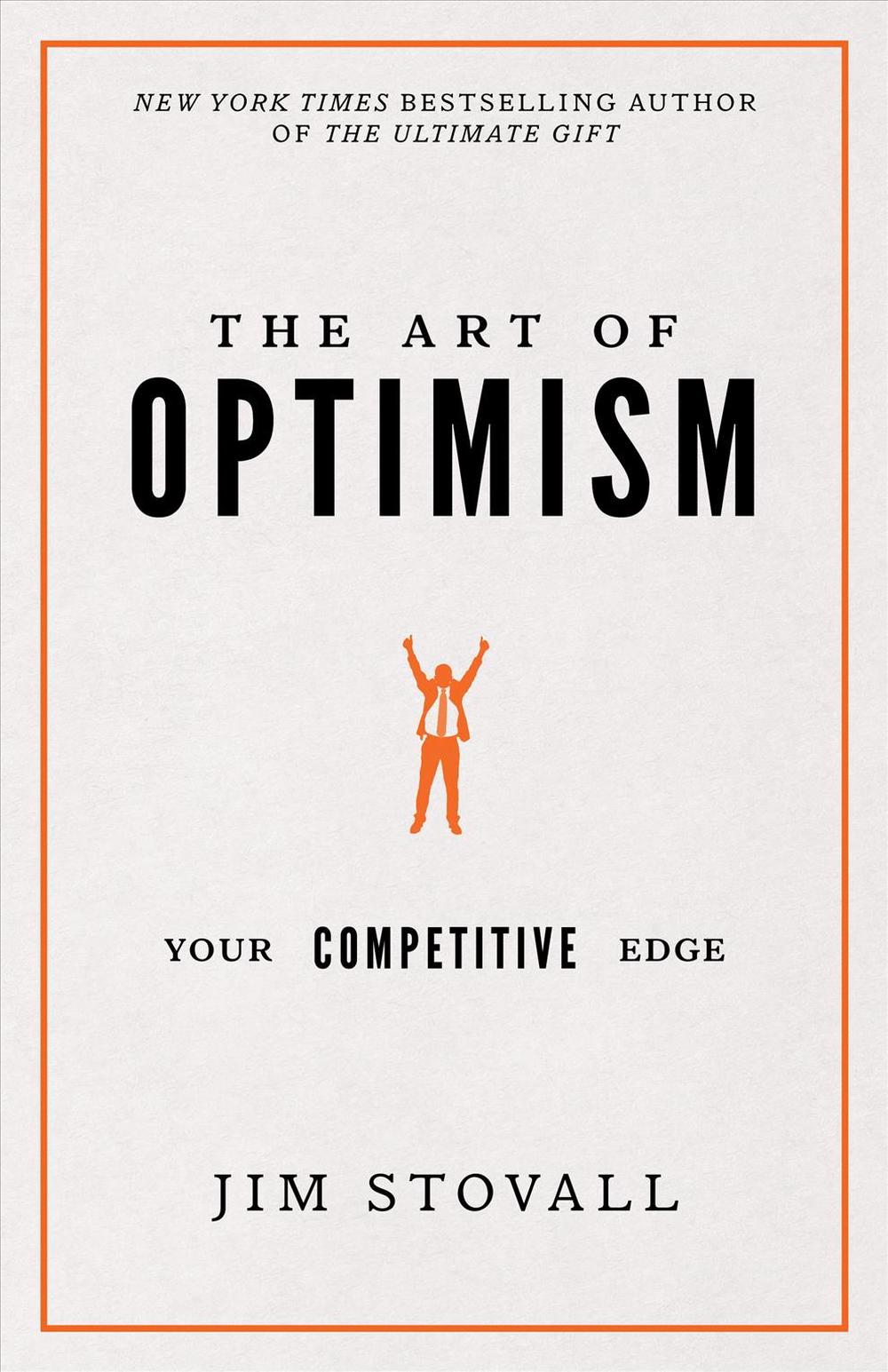

Results indicates that individuals in the mild dysphoria group showed an increased update bias after being exposed to the induced optimism training Dysphoric mood and trait optimism remained unchanged in both the experimental and control groups. Significant differences were not found in control group. ResultsĪfter the induced optimism training, individuals with the mild dysphoria demonstrated a higher update bias than low ( p < .001) and the high dysphoria ( p < .05) group in induced optimism condition. The difference between the errors was classified as the update bias. The amount of update error was calculated as the difference between the estimates in the first stage and the second stage. To assess how desirable versus undesirable information influenced beliefs, participants estimated their personal probability of experiencing the events again in the second stage. This information could be desirable for participants(when presented with a probability that was below their estimation) or undesirable (when presented with a probability that was above their estimation). In the first stage, participants estimated their personal probability of experiencing adverse events while being presented with the average probability of the event occurring to a living person.

After the training, participants performed the two-stage belief updating task.

These three groups were assigned to the induced optimism training or control condition. We recruited normal participants ( n = 69) from a local university students and divided participants into three groups (low, mild, high dysphoria) by measuring dysphoric mood. In the present study, we investigated the differential effects of induced optimism training which making optimistic future prediction to change future beliefs in normal participants with various levels of dysphoria (low, mild, high). A recent study suggests that future expectations in individuals with dysphoria become more optimistic when asked to make optimistic future predictions about the future. However, people who have been diagnosed with depression often have a more pessimistic view of the future. Individuals tend to have an optimism bias, processing desirable information more frequently than undesirable information.


 0 kommentar(er)
0 kommentar(er)
